Shift Towards Value-Based Care Models
The shift towards value-based care models is reshaping the Healthcare Application Programming Interfaces Market API Market. As healthcare systems transition from fee-for-service to value-based care, there is a pressing need for APIs that can facilitate the collection and analysis of patient outcomes data. This shift emphasizes the importance of quality over quantity in healthcare delivery, necessitating robust data exchange capabilities. The value-based care market is anticipated to grow significantly, with estimates suggesting a market size of around 1 trillion dollars by 2025. This transformation requires APIs that can integrate various data sources, enabling healthcare providers to track performance metrics effectively. Thus, the Healthcare Application Programming Interfaces Market API Market is likely to experience growth as organizations seek solutions that support this evolving care model.
Rising Demand for Telehealth Solutions
The increasing demand for telehealth solutions is a pivotal driver in the Healthcare Application Programming Interfaces Market API Market. As healthcare providers seek to enhance patient access to services, APIs facilitate seamless integration of telehealth platforms with existing healthcare systems. This integration is crucial for ensuring that patient data is shared securely and efficiently. According to recent estimates, the telehealth market is projected to reach a valuation of over 250 billion dollars by 2027, indicating a robust growth trajectory. The Healthcare Application Programming Interfaces Market API Market plays a vital role in this expansion, as it enables the interoperability necessary for telehealth services to thrive. Consequently, the demand for APIs that support telehealth functionalities is likely to surge, reflecting a broader trend towards digital health solutions.
Emphasis on Data Security and Compliance
Data security and compliance are increasingly critical in the Healthcare Application Programming Interfaces Market API Market. With the rise of digital health solutions, there is a heightened focus on protecting sensitive patient information. Regulatory frameworks, such as HIPAA in the United States, mandate stringent data protection measures, compelling API developers to prioritize security features. The market for healthcare cybersecurity is projected to reach 125 billion dollars by 2027, reflecting the growing concern over data breaches and privacy violations. Consequently, APIs that incorporate advanced security protocols and compliance measures are likely to see increased demand. This emphasis on data security not only protects patients but also fosters trust in digital health solutions, thereby driving growth in the Healthcare Application Programming Interfaces Market API Market.
Integration of Wearable Health Technologies
The integration of wearable health technologies is significantly influencing the Healthcare Application Programming Interfaces Market API Market. As consumers increasingly adopt wearable devices for health monitoring, the need for APIs that can connect these devices to healthcare systems becomes paramount. This integration allows for real-time data sharing between patients and healthcare providers, enhancing the quality of care. The wearable technology market is expected to grow substantially, with projections indicating a market size of approximately 60 billion dollars by 2025. This growth underscores the necessity for robust APIs that can handle the influx of data generated by wearables. Thus, the Healthcare Application Programming Interfaces Market API Market is poised to benefit from this trend, as developers create solutions that facilitate the seamless exchange of health information.
Advancements in Artificial Intelligence and Machine Learning
Advancements in artificial intelligence and machine learning are driving innovation within the Healthcare Application Programming Interfaces Market API Market. These technologies enable the development of sophisticated algorithms that can analyze vast amounts of healthcare data, leading to improved patient outcomes and operational efficiencies. The AI in healthcare market is projected to reach approximately 36 billion dollars by 2025, highlighting the increasing reliance on intelligent systems. APIs that facilitate the integration of AI and machine learning capabilities into healthcare applications are essential for harnessing these advancements. As healthcare organizations seek to leverage data-driven insights, the demand for APIs that support AI functionalities is likely to rise. Consequently, the Healthcare Application Programming Interfaces Market API Market stands to benefit from this technological evolution, as it enables the creation of smarter, more responsive healthcare solutions.


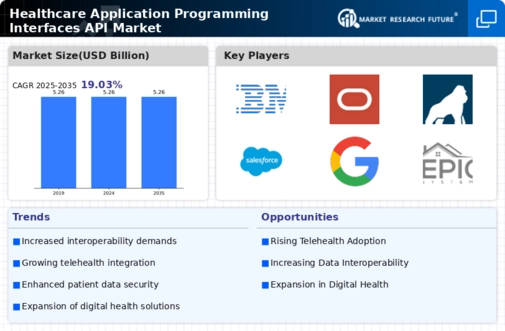
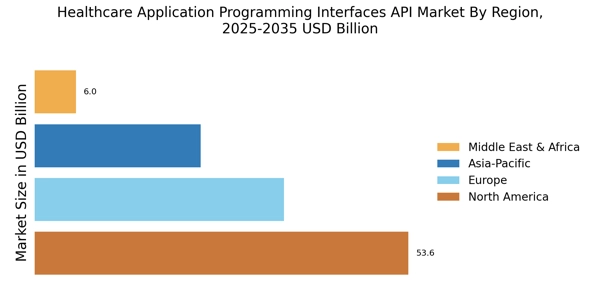
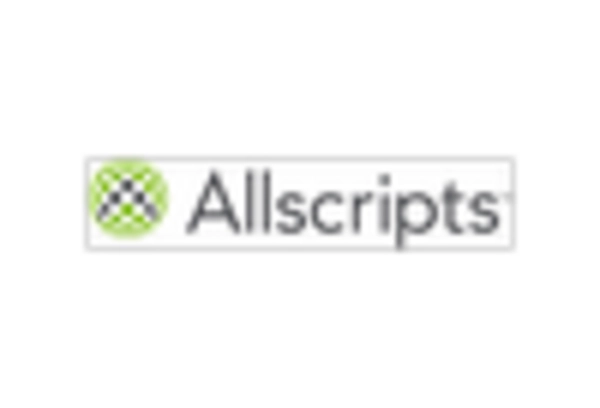

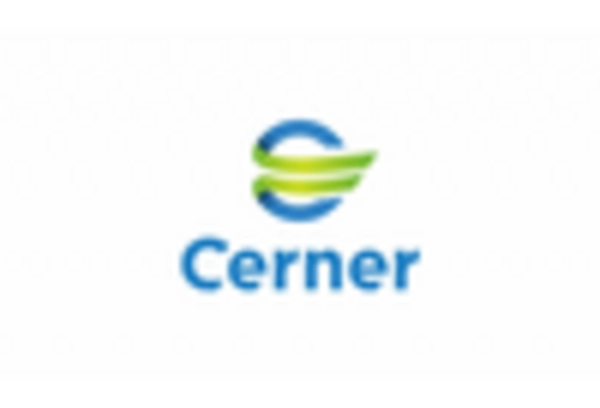


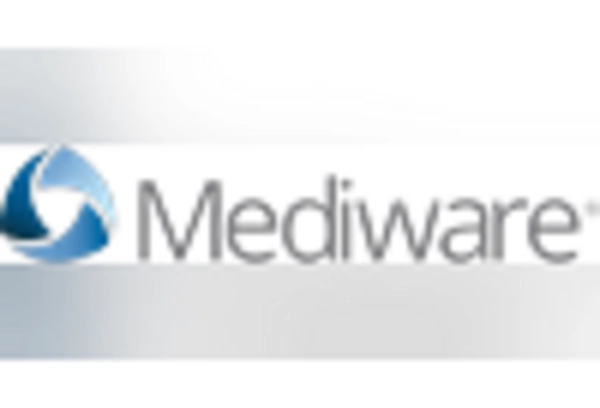








Leave a Comment